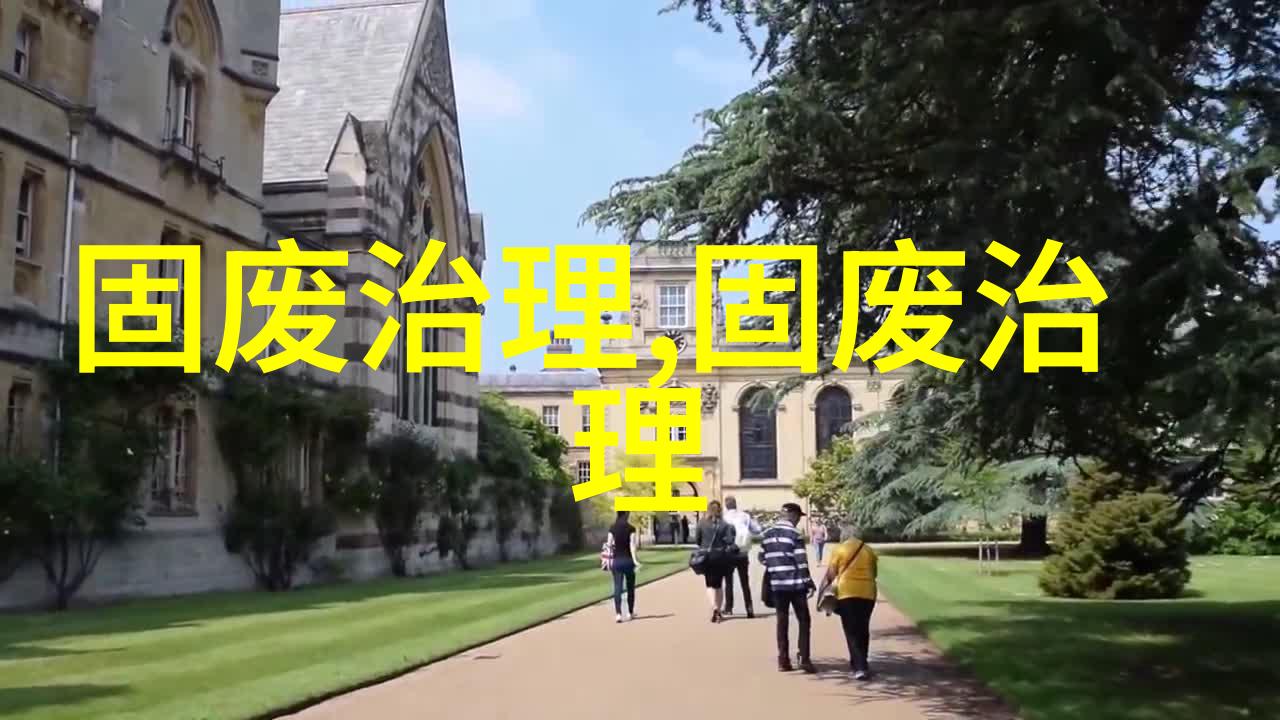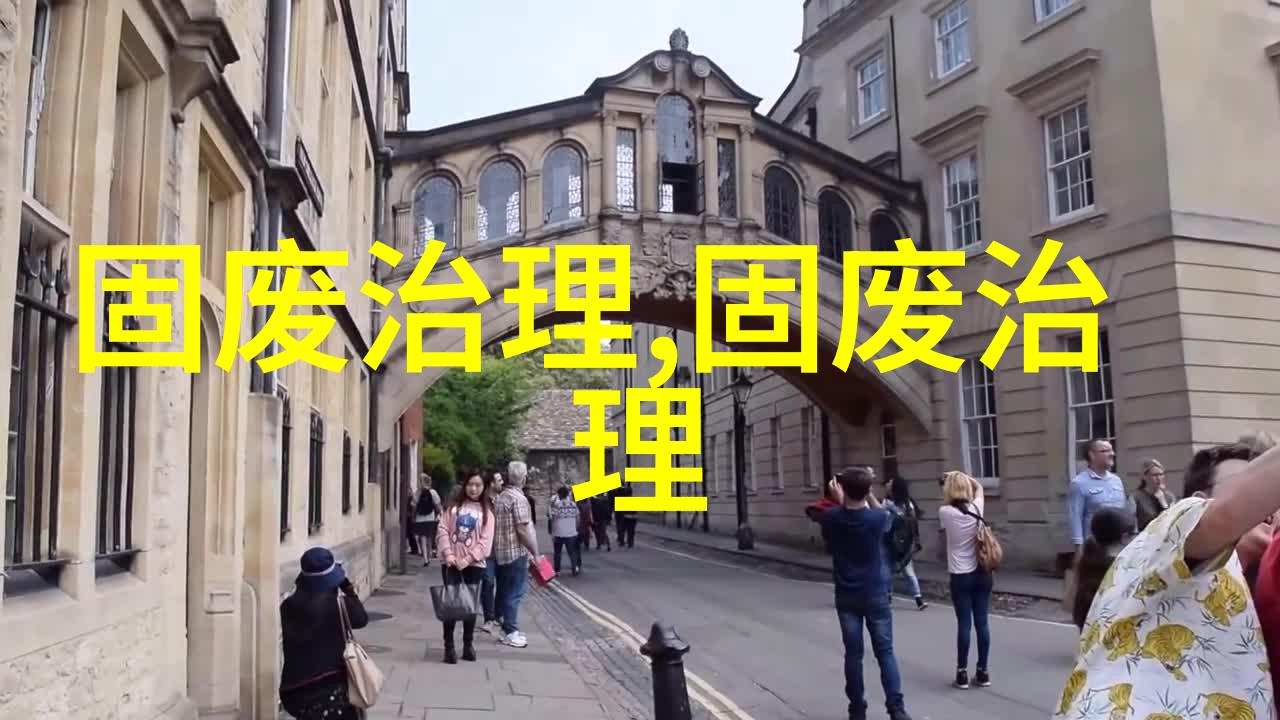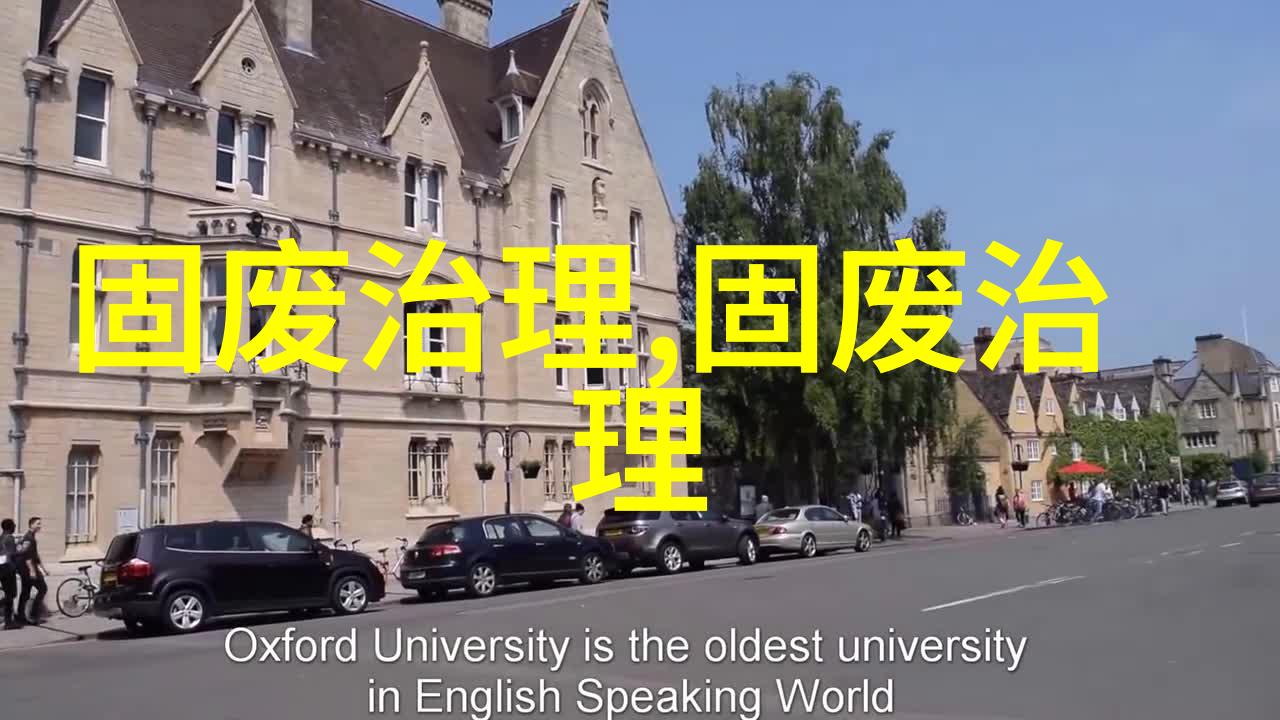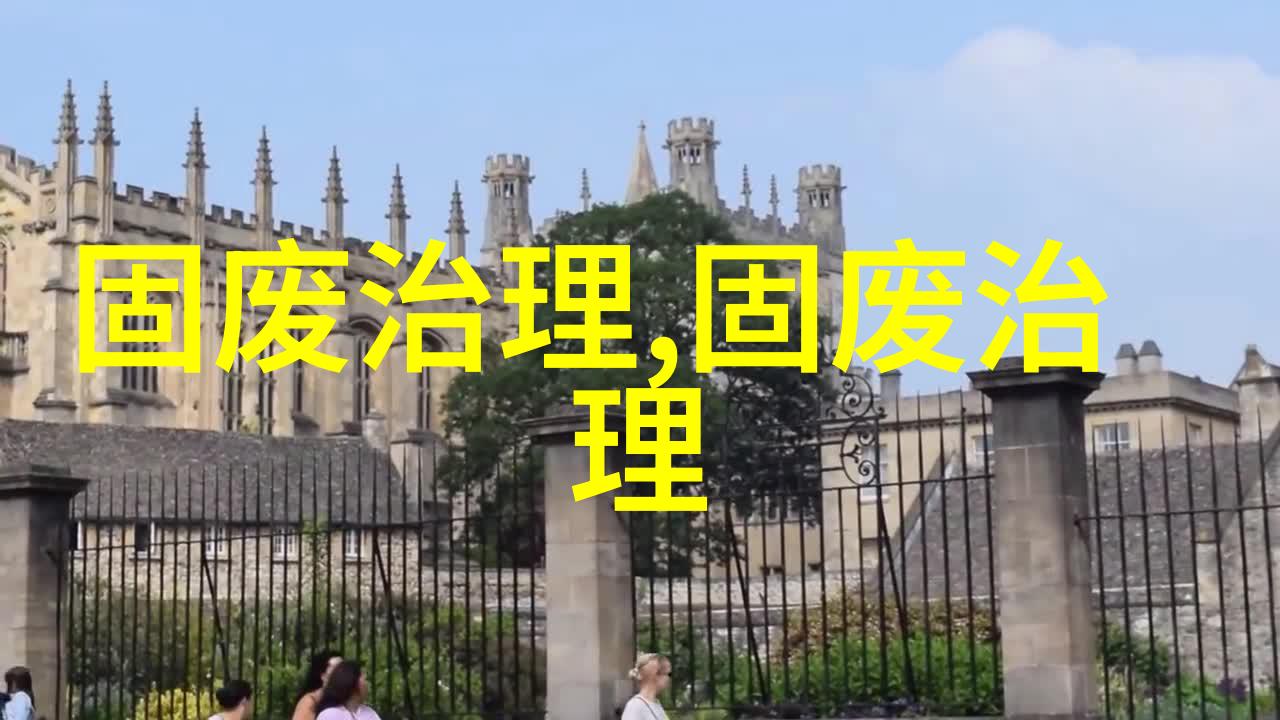Mastering the Art of English Translation A Journey
Understanding the Basics of English Translation

English translation is a complex process that requires a deep understanding of both languages, as well as their cultural nuances. It's not just about replacing words from one language with their equivalent in another; it's about conveying meaning, tone, and context accurately. To become proficient in translating English, one must first develop a solid foundation in grammar, vocabulary, and syntax.
The Role of Cultural Awareness

Cultural awareness is an essential aspect of effective translation. What may be appropriate or acceptable in one culture may not be so in another. For example, idioms and colloquial expressions can have different meanings depending on where they're used. Translators must have a broad knowledge of cultures to ensure that their translations are culturally sensitive.
Adapting to Different Writing Styles

Different writing styles require different approaches to translation. Formal documents like business reports or academic papers require precise language and adherence to specific formatting guidelines while creative works like novels or poetry demand more flexibility with style and structure.
Balancing Accuracy with Fluency

Accuracy is crucial when translating technical texts such as manuals or legal documents but fluency is equally important when working on creative pieces like fiction or journalism articles.
Mastering Specialized Vocabulary

Specialized fields like medicine, law, technology require translators to possess specialized vocabulary knowledge for accurate communication.
6.Avoiding Ambiguity & Misinterpretation
Ambiguity can lead to misinterpretation which could result in costly errors especially when dealing with critical information such as medical prescriptions or financial reports thus clear concise language should always be employed during the translation process